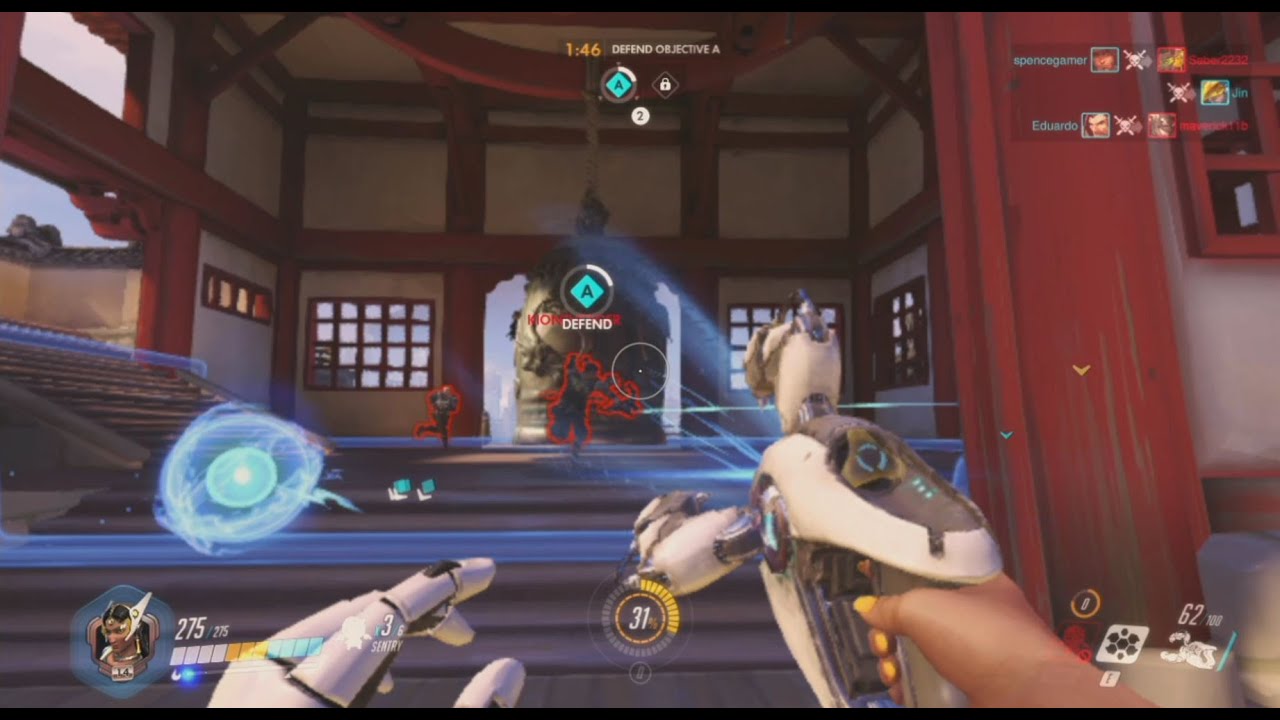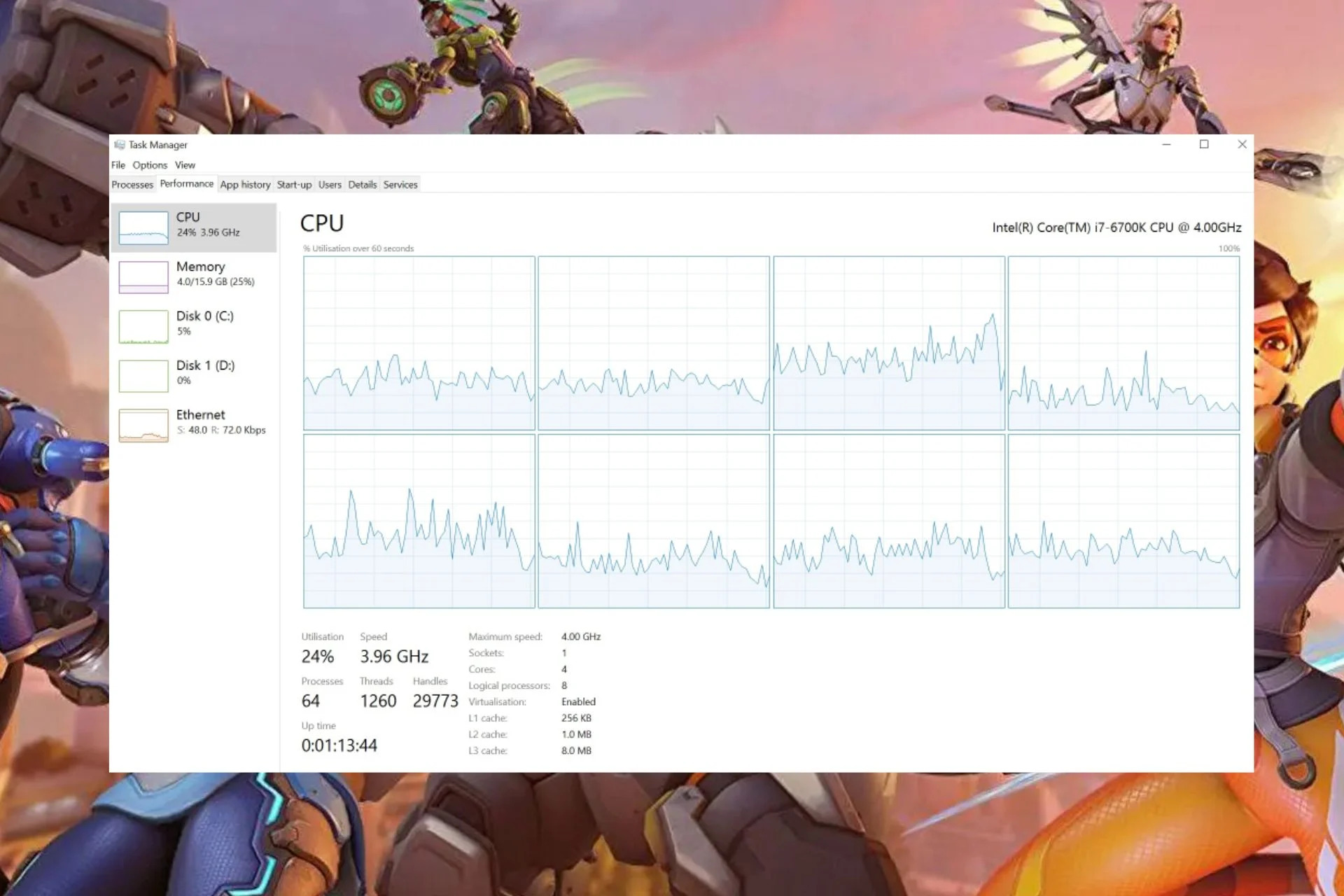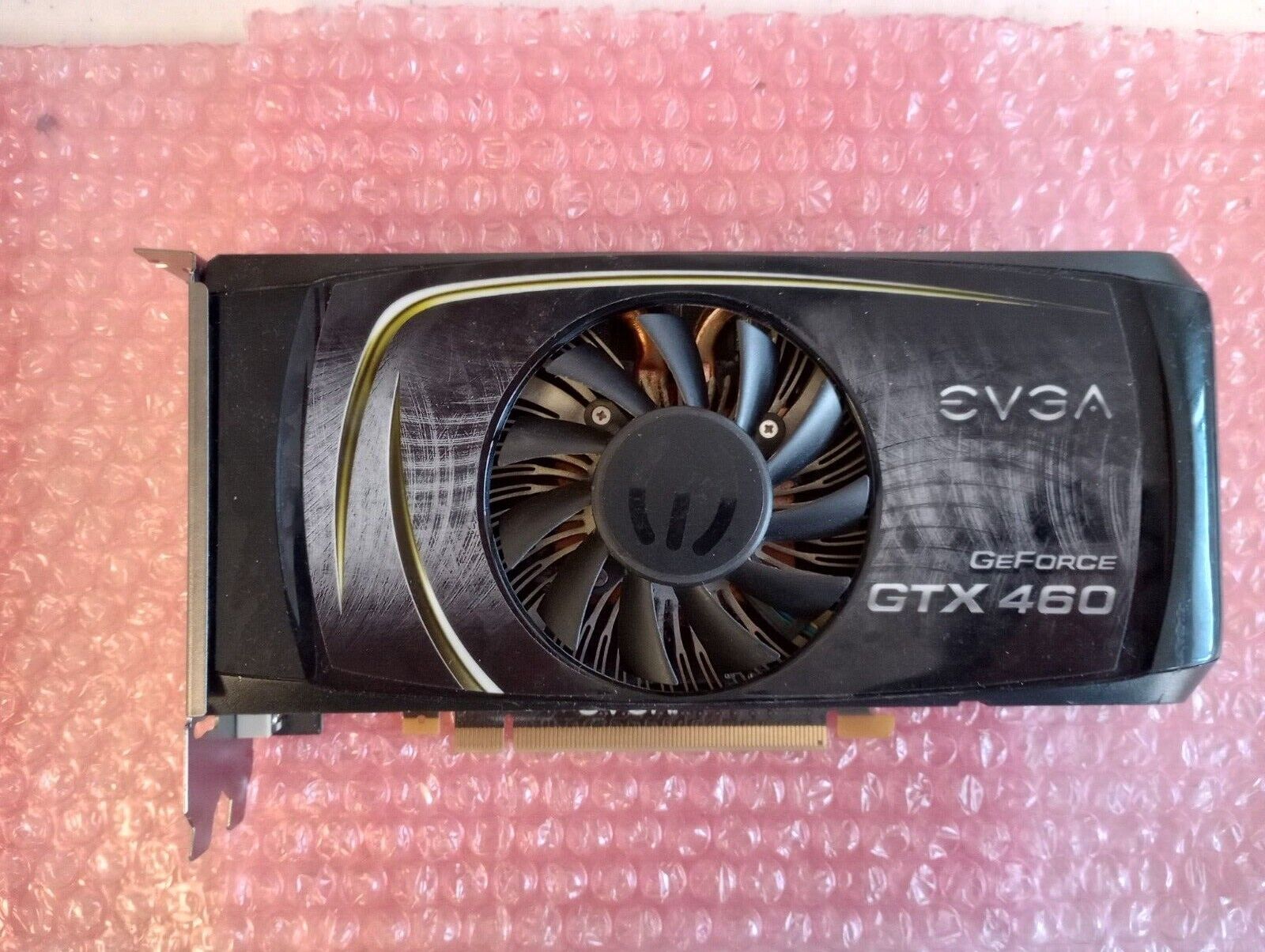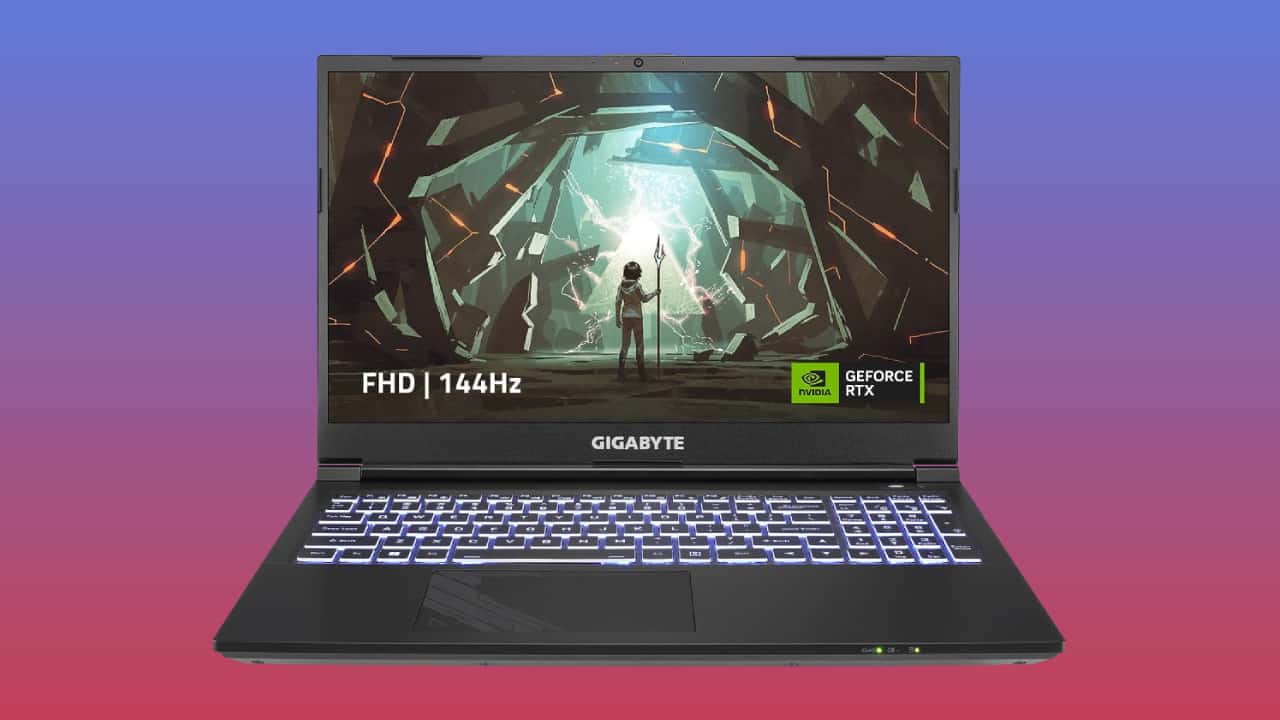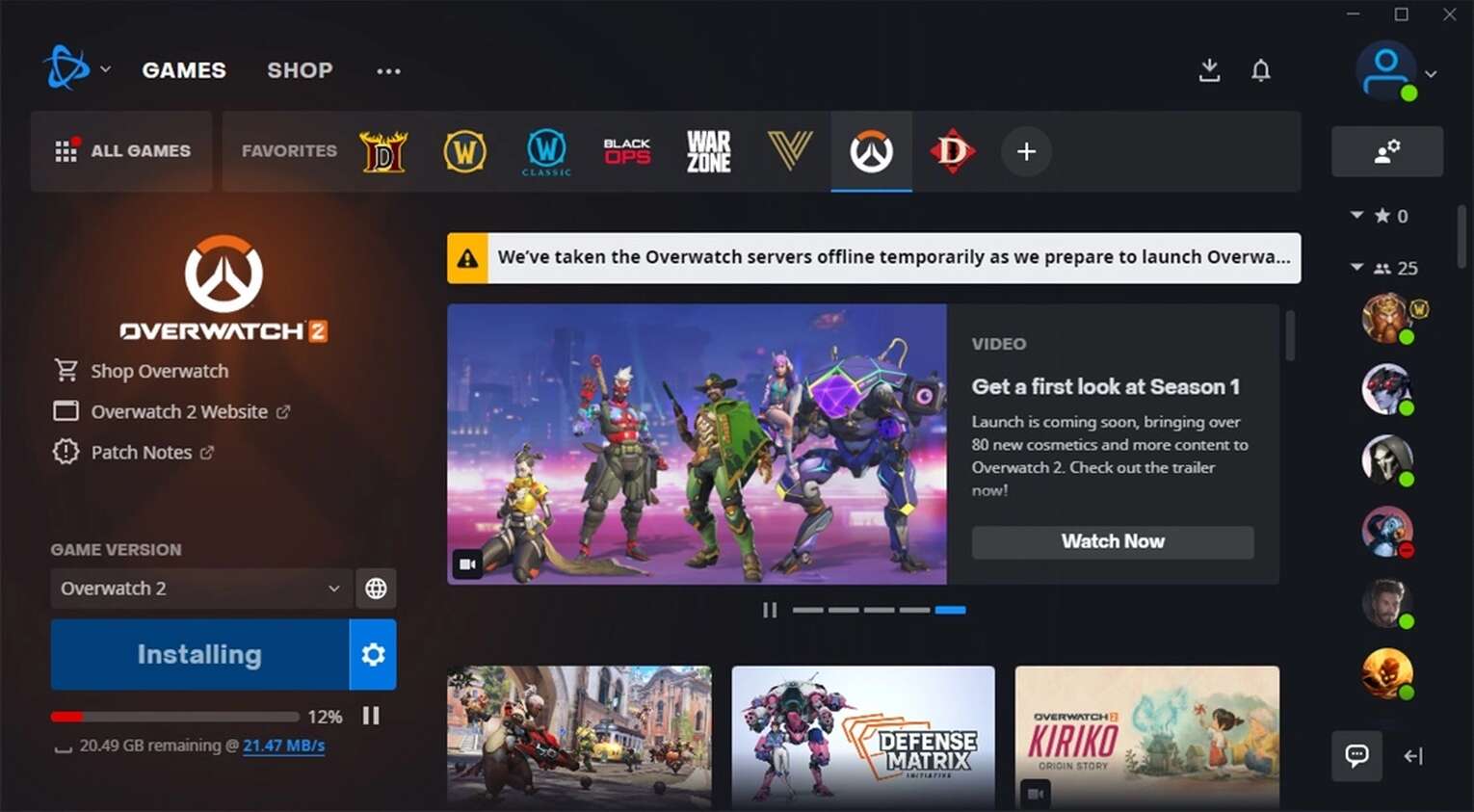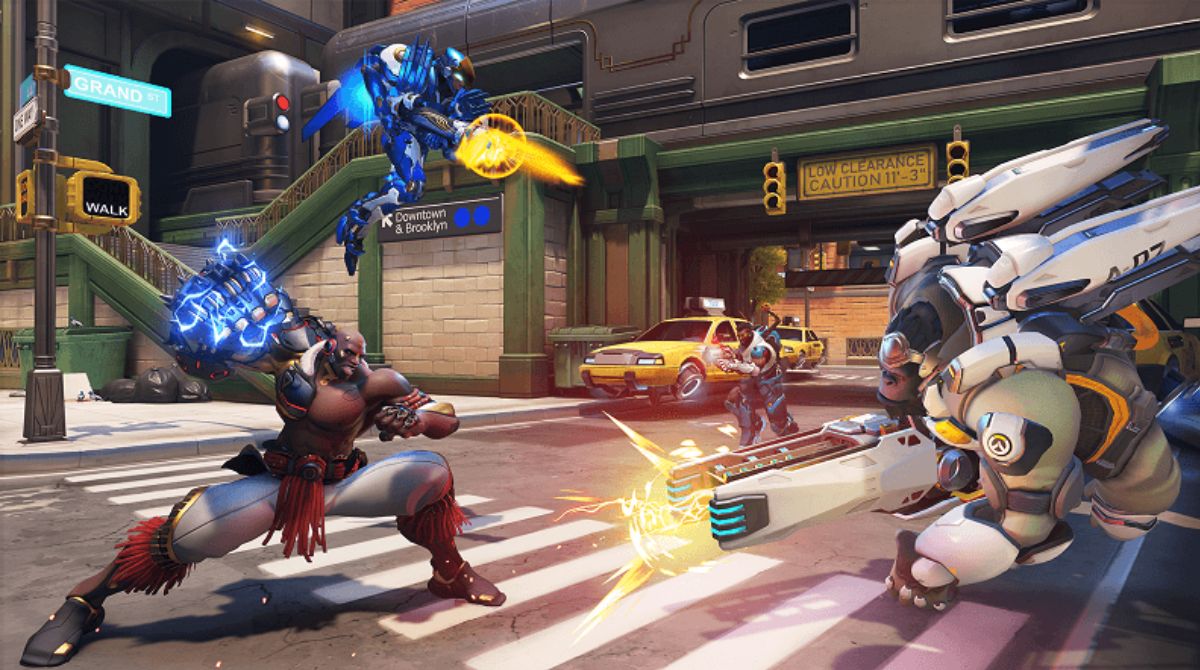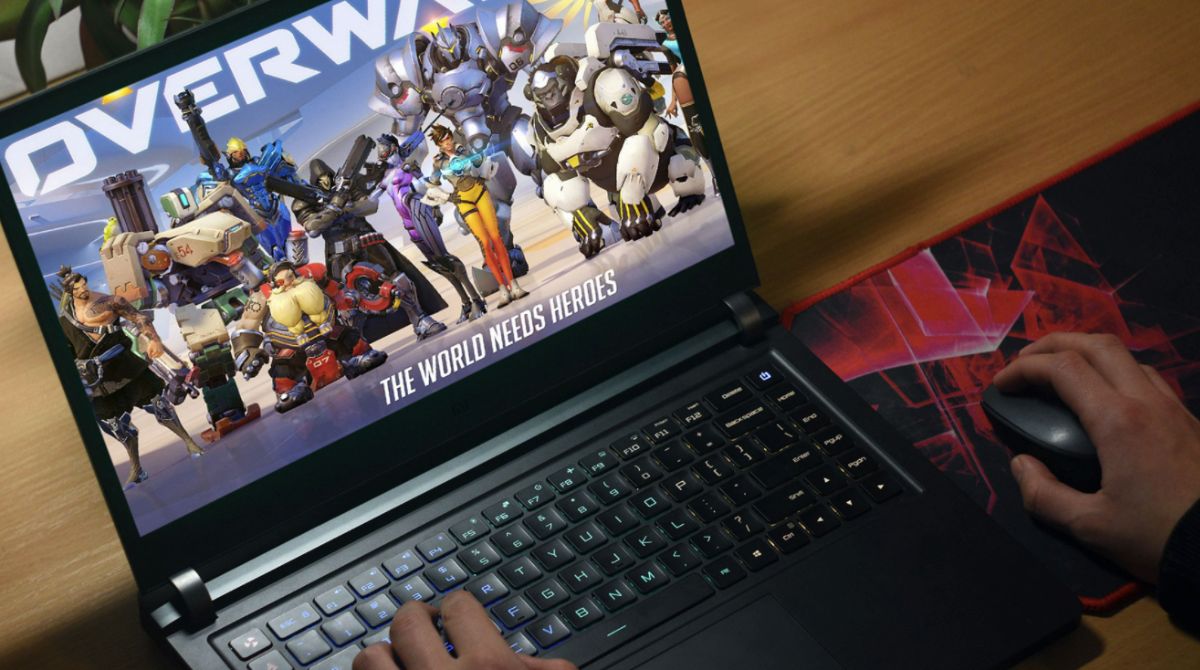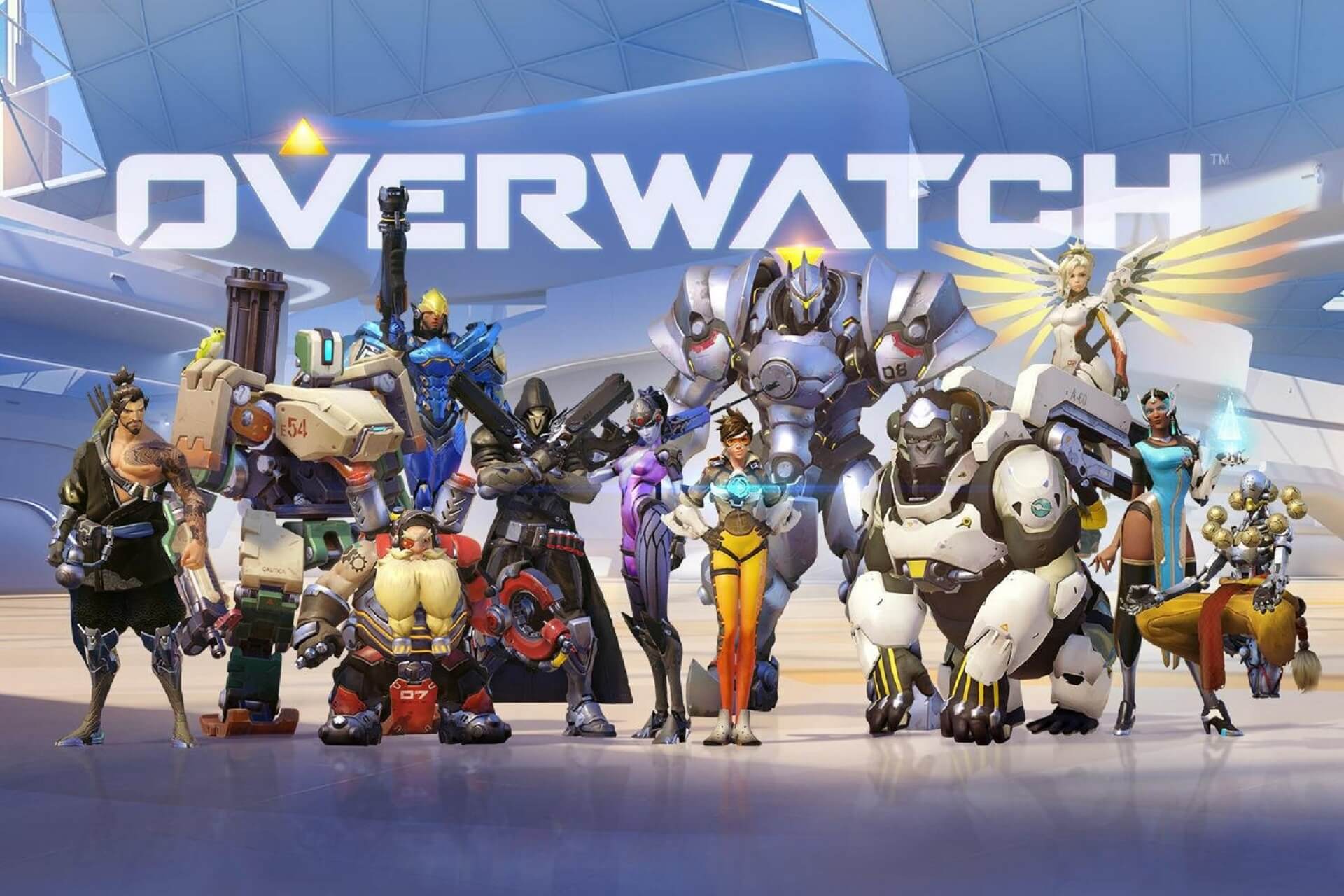Introduction:
Playing Overwatch Without a Graphics Card: A Helpful Guide
Overwatch has taken the gaming world by storm with its thrilling gameplay, vibrant visuals, and immersive experience. However, not everyone has access to a high-end gaming rig equipped with a powerful graphics card. Fortunately, there are ways to enjoy this popular multiplayer game even if you don’t have a dedicated graphics card.
In this article, we will explore the system requirements for Overwatch, understand what a graphics card is, discuss why you might want to play without one, and learn if it is indeed possible. We will also provide you with step-by-step instructions on how to play Overwatch without a graphics card, allowing you to still enjoy the game’s action-packed battles.
Whether you’re facing budget constraints, using a laptop with integrated graphics, or simply looking to play Overwatch on a non-gaming computer, this guide will help you discover alternative methods to experience the excitement of the game.
Note that while playing Overwatch without a graphics card is technically possible, it may result in decreased graphics quality and performance. Nevertheless, if you’re willing to make a few compromises in the visual department, you can still have a great time playing the game.
Now, let’s dive into the world of Overwatch and explore the possibilities of playing this fantastic game without the need for a dedicated graphics card.
System Requirements for Overwatch:
Understanding the Minimum and Recommended Specifications
Before delving into the world of playing Overwatch without a graphics card, it’s essential to familiarize ourselves with the game’s system requirements. These requirements determine the hardware specifications your computer needs to meet in order to run the game smoothly and optimally.
Blizzard Entertainment, the game’s developer, has provided both minimum and recommended specifications for Overwatch. The minimum specifications represent the minimum hardware requirements to run the game at all, while the recommended specifications offer an optimal experience with improved graphics and performance.
Let’s take a closer look at the system requirements for Overwatch:
- Operating System: Overwatch is compatible with Windows 7, Windows 8, Windows 10, and newer versions of macOS.
- Processor: For the minimum requirements, a processor with at least Intel Core i3 or AMD Phenom X3 8650 is recommended. For the recommended specifications, an Intel Core i5 or AMD Phenom II X3 or better processor is suggested.
- Memory (RAM): The minimum requirements state 4GB of RAM, while the recommended specifications suggest having 6GB or more.
- Graphics Card: This is where it becomes relevant to our discussion. The minimum requirement for a graphics card is Intel HD Graphics 4400 or AMD Radeon HD 4850 or NVIDIA GeForce 440 GTX. If you want a smoother gaming experience, it is recommended to have at least NVIDIA GeForce GTX 660 or AMD Radeon HD 7950 or better.
- Storage: Overwatch requires a minimum of 30GB of available hard drive space.
- Internet Connection: An internet connection is necessary for accessing the game’s online features and participating in multiplayer matches.
These are the primary hardware specifications that Overwatch demands to operate. It’s important to note that meeting the minimum requirements may result in lower graphics quality and potential performance issues. For a more enjoyable gaming experience, it’s advisable to adhere to or surpass the recommended specifications, especially concerning the graphics card.
Now that we understand the system requirements for Overwatch, let’s explore the concept of a graphics card and why it plays a crucial role in gaming performance.
What is a Graphics Card:
Understanding the Role and Importance of Graphics Cards in Gaming
A graphics card, also known as a video card or GPU (Graphics Processing Unit), is a crucial component of a computer that handles the rendering and display of visual information. It is responsible for generating and processing the images, animations, and videos we see on our screens.
In the context of gaming, a graphics card plays a vital role in delivering smooth and immersive gameplay experiences. It takes the burden off the computer’s CPU (Central Processing Unit) by handling all the complex calculations required for rendering high-resolution graphics, realistic textures, and special effects.
Graphics cards are equipped with their own dedicated memory and processors optimized for handling intensive graphical tasks. They are designed to deliver high frame rates, improved image quality, and faster load times, all of which contribute to a seamless gaming experience.
As games become more visually sophisticated and demanding, the importance of a powerful graphics card becomes even more evident. It determines the level of detail, graphical effects, and overall performance you can achieve while playing games like Overwatch.
Graphics cards come in a wide range of models and specifications, catering to different user needs and budgets. High-end cards offer cutting-edge technologies, such as ray tracing and advanced shading techniques, for stunning visuals and realistic lighting effects. Entry-level or integrated graphics cards, on the other hand, are designed for basic tasks like web browsing and office applications.
When it comes to gaming, having a capable graphics card can significantly enhance your gaming experience. It allows you to enjoy games at higher resolutions, smoother frame rates, and with sharper and more detailed graphics.
However, not everyone has access to a dedicated graphics card or the means to upgrade their existing system. This leads to the question: Can you still play a graphics-intensive game like Overwatch without a dedicated graphics card?
In the next section, we will explore the reasons why someone might want to play Overwatch without a graphics card, and whether it is indeed possible.
Why would you want to play Overwatch without a Graphics Card:
Advantages and Motivations for Playing Overwatch without a Graphics Card
Playing Overwatch without a dedicated graphics card may seem counterintuitive to some, considering the game’s visually captivating and action-packed nature. However, there are several reasons why someone might choose to play Overwatch without this essential hardware component. Let’s explore some of these motivations:
- Budget Constraints: Upgrading or purchasing a new graphics card can be expensive. For gamers on a tight budget, investing in a high-end graphics card may not be financially feasible. Playing Overwatch without a graphics card allows these players to enjoy the game without the need for costly hardware upgrades.
- Using a Non-Gaming Computer: Not everyone has a dedicated gaming rig. Many gamers rely on laptops or computers designed for regular everyday use. These devices often come with integrated graphics or low-end graphics cards that may not meet the recommended system requirements for Overwatch. Playing without a graphics card allows gamers to enjoy the game on their existing non-gaming computers.
- Portability: Gaming laptops, while offering the advantage of portability, can come with lower-end graphics cards or integrated graphics. By playing Overwatch without a graphics card, gamers who rely on laptops can still enjoy the game while on the move.
- Exploring Alternatives: Some gamers prefer to tinker with their systems and experiment with alternative methods of playing games. Playing Overwatch without a graphics card presents a challenge and an opportunity to explore creative solutions, such as overclocking the CPU or using software tools to optimize gameplay.
While playing Overwatch without a graphics card has its advantages, it’s important to note that there are limitations. Without a dedicated graphics card, you may experience reduced graphics quality, lower frame rates, and potential performance issues. However, for those willing to make some compromises in the visual department, it is indeed possible to enjoy the exciting world of Overwatch.
In the next section, we will explore the minimum system requirements for playing Overwatch and provide step-by-step instructions on how to play the game without a graphics card.
Can you play Overwatch without a Graphics Card:
Exploring the Feasibility of Playing Overwatch without a Graphics Card
One of the most common questions among gamers is whether it is possible to play Overwatch without a dedicated graphics card. The answer is, technically, yes. However, it’s important to understand the limitations and potential drawbacks that may come with playing the game without this essential hardware component.
Overwatch, like many modern games, relies heavily on the capabilities of a graphics card to deliver stunning visuals, smooth gameplay, and optimized performance. A graphics card handles the rendering of 3D graphics and special effects, which greatly enhances the gaming experience.
Playing Overwatch without a graphics card means relying on the integrated graphics processor that is built into most modern CPUs. While these integrated graphics solutions have improved over the years, they still lack the processing power and dedicated memory of a dedicated graphics card.
As a result, playing Overwatch without a graphics card may lead to compromised graphics quality, lower frame rates, and potential performance issues. The game might run, but it is unlikely to offer a visually immersive experience comparable to playing with a dedicated graphics card.
However, if you are willing to make some sacrifices in terms of graphics quality and performance, it is indeed possible to play Overwatch without a graphics card. This is especially true if you meet the other minimum system requirements for the game.
In the next section, we will explore the minimum system requirements for playing Overwatch, which will help determine whether your system is capable of running the game without a graphics card.
So, let’s dive in and find out what you need to play Overwatch on your hardware setup.
Minimum System Requirements for Overwatch:
Ensuring Your System Meets the Minimum Requirements
Before attempting to play Overwatch without a graphics card, it’s crucial to ensure that your system meets the minimum system requirements set by Blizzard. Meeting these requirements will ensure that the game runs smoothly, albeit with potential compromises in graphics quality and performance.
Here are the minimum system requirements for Overwatch:
- Operating System: Overwatch is compatible with Windows 7, Windows 8, Windows 10, and newer versions of macOS.
- Processor: The minimum requirement is an Intel Core i3 or AMD Phenom X3 8650 CPU. However, for better performance, it’s recommended to have an Intel Core i5 or AMD Phenom II X3 processor or better.
- Memory (RAM): Overwatch requires a minimum of 4GB of RAM. For improved performance, it is recommended to have 6GB or more.
- Graphics Card: This is where the limitation of playing without a dedicated graphics card becomes apparent. The minimum requirement for a graphics card is Intel HD Graphics 4400, AMD Radeon HD 4850, or NVIDIA GeForce 440 GTX. While integrated graphics can handle the game at the lowest settings, it is recommended to have a dedicated graphics card such as NVIDIA GeForce GTX 660 or AMD Radeon HD 7950 for better performance.
- Storage: Overwatch requires a minimum of 30GB of available hard drive space to install and run the game.
- Internet Connection: An internet connection is necessary to access the game’s online features and play in multiplayer matches.
It’s important to note that these are the minimum requirements, and meeting them does not guarantee a flawless gaming experience. Overwatch is a visually rich and graphically demanding game. Playing without a graphics card may result in reduced graphics quality and performance issues.
Now that we have established the minimum system requirements for Overwatch, it’s time to explore the steps you can take to play the game without a graphics card. These steps can help optimize your gameplay and achieve the best possible experience within the limitations of your hardware setup.
Let’s proceed to the next section to learn how to play Overwatch without a graphics card.
Steps to play Overwatch without a Graphics Card:
Optimizing Your Gameplay Experience
If you’ve determined that your system meets the minimum requirements for Overwatch but lacks a dedicated graphics card, you can still enjoy the game by following these steps to optimize your gameplay experience:
- Update Drivers: Ensure that your system’s drivers, including the graphics drivers for your integrated graphics, are up to date. Visit the manufacturer’s website for the latest driver updates and install them to ensure compatibility and performance.
- Reduce Graphics Settings: Within the game’s settings, lower the graphics options to the lowest possible settings. This will reduce the strain on your integrated graphics and improve overall performance.
- Adjust Resolution and Display Settings: Lower the screen resolution in your system’s display settings. A lower resolution will put less strain on your integrated graphics and result in smoother performance.
- Close Unnecessary Background Processes: Close any unnecessary programs and processes running in the background to free up system resources. This will help prioritize the game and improve overall performance.
- Optimize Power Settings: Adjust your system’s power settings to prioritize performance over energy saving. This can be done through the control panel or settings menu, depending on your operating system.
- Disable Resource-Intensive Features: Disable any resource-intensive features or background applications, such as antivirus software or automatic updates, while playing Overwatch. This can help ensure that system resources are focused on running the game smoothly.
- Monitor System Temperature: Keep an eye on your system’s temperature while playing Overwatch. High temperatures can impact performance. Consider using software utilities to monitor and control the temperature of your CPU and GPU.
- Consider Overclocking: If you have some technical knowledge and understand the risks, consider overclocking your CPU to achieve better performance. However, be cautious as overclocking can potentially damage your hardware if not done correctly.
By following these steps, you can optimize your gameplay experience and make the most out of playing Overwatch without a graphics card. However, it’s important to remember that playing without a dedicated graphics card will still come with limitations in terms of graphics quality and performance.
Now that you’re equipped with the necessary knowledge and steps to play Overwatch without a graphics card, you can jump into the game and start enjoying the intense battles and thrilling gameplay.
Conclusion:
Exploring Alternatives to Enjoy Overwatch
Playing Overwatch without a graphics card is indeed possible, although it comes with certain limitations in terms of graphics quality and performance. By understanding the minimum system requirements, the role of a graphics card, and following the steps to optimize your gameplay experience, you can still enjoy the excitement of Overwatch on a system without a dedicated graphics card.
Whether you’re facing budget constraints, using a non-gaming computer, or simply looking to explore alternative methods of playing games, there are reasons why someone might choose to play Overwatch without a graphics card. By making adjustments to graphics settings, optimizing system resources, and maximizing performance, you can still immerse yourself in the world of Overwatch and engage in thrilling battles with other players.
It’s important to keep in mind that playing without a graphics card may result in reduced graphics quality, lower frame rates, and potential performance issues. However, for those willing to make some compromises, the ability to experience the joy of playing Overwatch can still be within reach.
Remember to update your drivers, adjust settings, and monitor system temperature to ensure the smoothest gameplay experience possible. Though playing without a graphics card may not offer the same level of visual fidelity as playing with one, it allows gamers with limited resources or non-gaming setups to still engage in the vibrant world of Overwatch.
So, if you find yourself without a graphics card but still have the desire to join the intense battles and epic moments of Overwatch, follow the steps outlined in this guide, optimize your system, and embark on exciting gaming adventures without limitations.
Now, gear up and dive into the action—Overwatch awaits!







